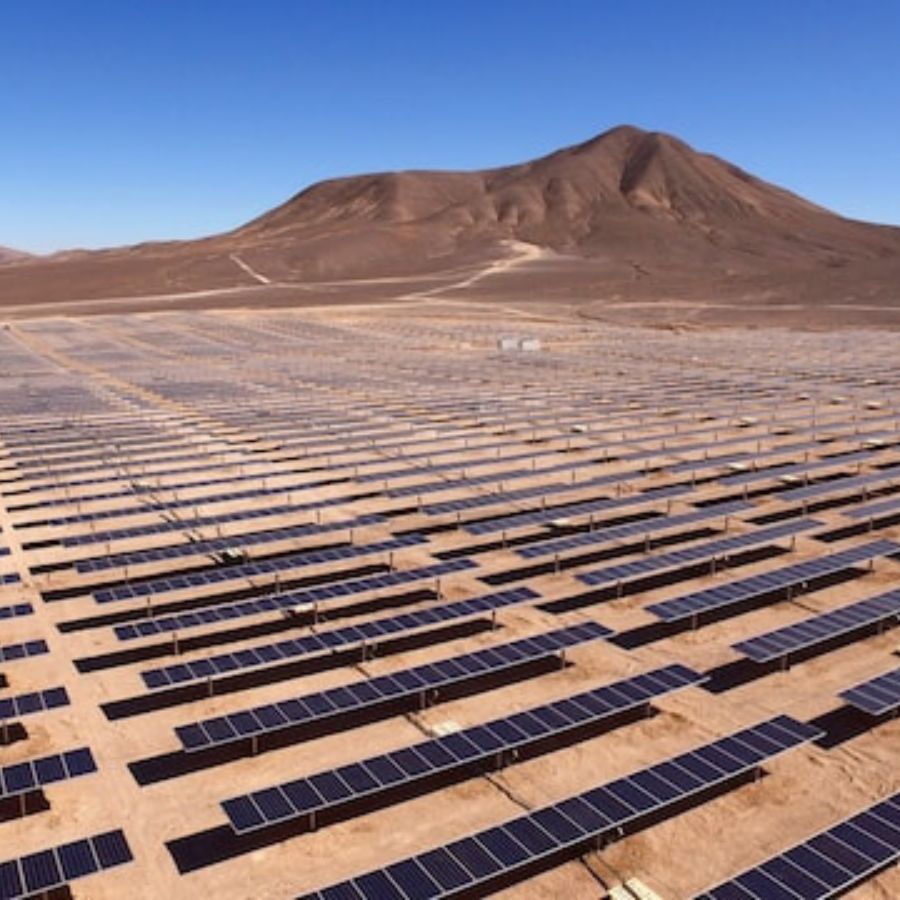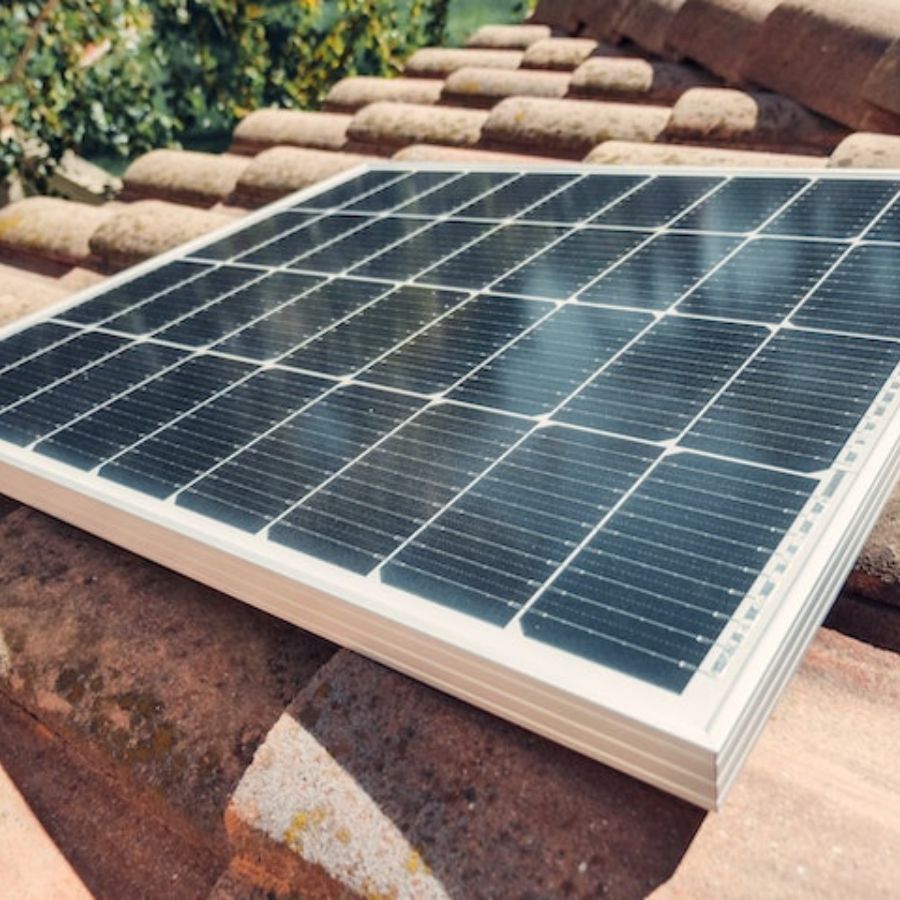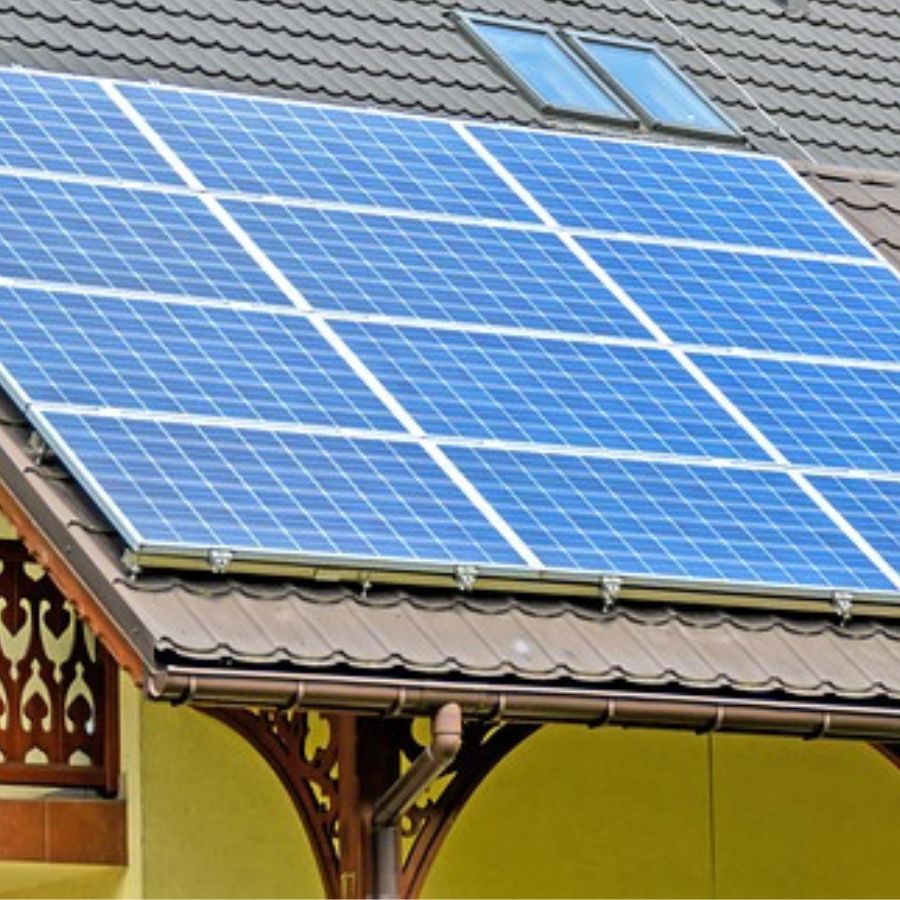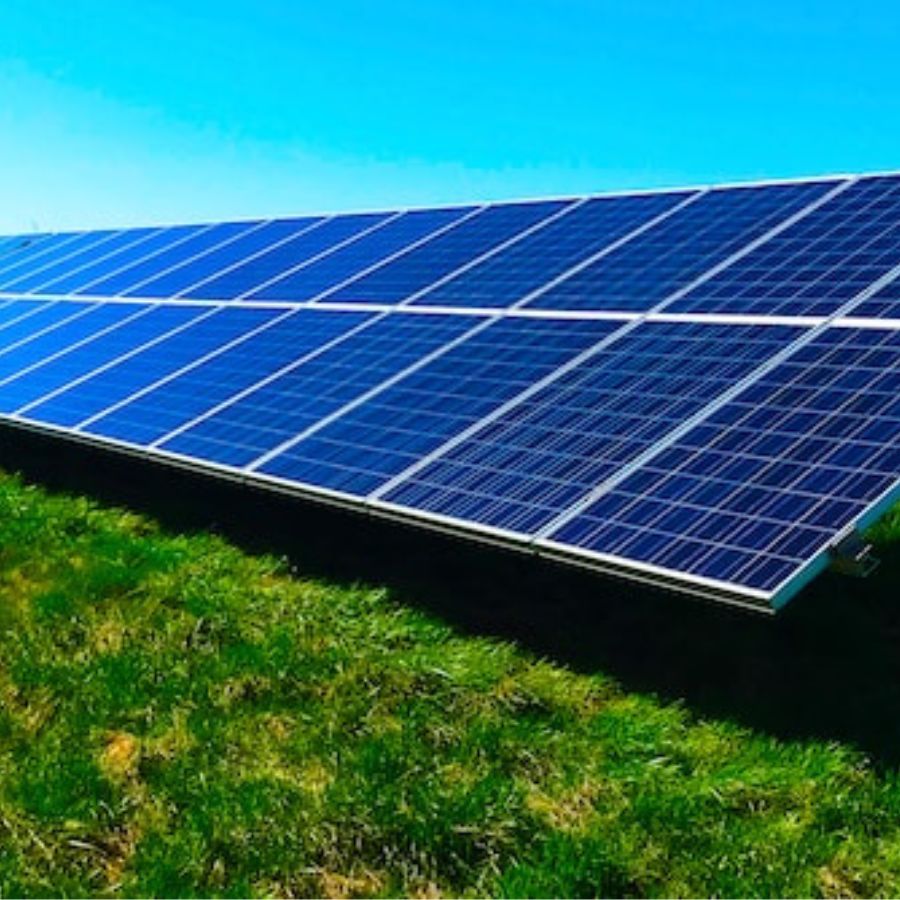What are the standard solar panel sizes in Canada? Solar panels are vital in harnessing the sun’s power and converting it into usable energy. These innovative devices, also known as photovoltaic (PV) modules, consist of an interconnected assembly of solar cells. They absorb sunlight and generate electricity.
As solar energy continues to gain popularity as a renewable energy source, understanding the various aspects of solar panels becomes increasingly essential. Firstly, one crucial factor to consider besides how much solar panels weigh is the size and dimensions of solar panels.
The purpose of this article is to provide a comprehensive guide to standard solar panel sizes and dimensions. Furthermore, we will explore the differences between residential and commercial solar panels. We will also delve into the factors influencing panel size and discuss the implications of panel dimensions on installation and design considerations.
Whether you are considering installing solar panels on your home or business or simply seeking to expand your knowledge of solar energy, this guide will equip you with the necessary information to make informed decisions about solar panel sizing.
Understanding Solar Panel Sizes
Standardization of Solar Panel Sizes
The standardization of sizes of solar panels is to ensure compatibility and ease of installation across different manufacturers and systems. Standardization also allows for the interchangeability of solar panels, making replacing or upgrading individual panels within a solar system easier.
Common Unit of Measurement – Wattage
The wattage of a solar panel is the standard unit of measurement used to describe the power output of solar panels. In addition, it indicates how much electricity a solar panel can generate under standard test conditions.
The number and efficiency of the solar cells a solar panel contains determines the wattage rating. A Higher-wattage solar panel generally has larger dimensions. Moreover, they incorporate more solar cells to produce more electricity.
Factors Influencing Solar Panel Size
Several factors influence the size of solar panels:
1. Power output requirements: The power output required from a solar panel system depends on the user’s energy needs. Again, a higher power output requirement may require more extensive or more panels.
2. Available space: The available space for solar panel installation is a crucial consideration. Rooftop installations also require careful evaluation of the surface area. In addition, it helps to determine the number and size of solar panels it can accommodate.
3. Roof orientation and tilt: The roof’s orientation and angle affect the sunlight a solar panel receives. Besides, smaller or differently shaped panels may be necessary to maximize solar energy capture. That is when the top has limited space or needs to be ideally oriented.
Different Types of Solar Panels and Their Sizes
There are three main types of solar panels, each with its characteristics and sizes:
1. Monocrystalline: Monocrystalline solar panels are made from a single crystal structure, resulting in high efficiency and uniform appearance. Further, these panels are typically rectangular and have dimensions ranging from approximately 65 to 70 inches long and 39 to 42 inches wide.
2. Polycrystalline: Polycrystalline solar panels are made from multiple silicon crystals, giving them a speckled blue appearance. In addition, they are also rectangular and have similar dimensions to monocrystalline panels. They range from approximately 65 to 70 inches long and 39 to 42 inches wide.
3. Thin-film: Thin-film solar panels are made by depositing a thin layer of photovoltaic material onto a substrate. They are typically more extensive compared to crystalline panels and have dimensions that vary more widely. In addition, thin-film panels are available in flexible or rigid forms and can be custom-cut to fit specific applications.
Common Solar Panel Size Standards
Residential Solar Panels
Typical Sizes for Rooftop Installations
Regarding residential solar panels, typical sizes are commonly suitable for rooftop installations. Moreover, these sizes are ideal for most residential properties. They also provide an optimal balance between power output and space utilization.
Residential solar panels typically range in size from around 65 inches to 70 inches in length and 39 inches to 42 inches in width. The thickness of these panels is typically approximately 1.5 inches. These dimensions are industry-standard for residential installations and allow easy integration into the existing roof structure.
The typical size of a residential solar panel allows for efficient energy production while considering the available roof space. By understanding the dimensions and weight of the solar panels, homeowners can determine how many solar panels they may need to meet their energy needs. Energy consumption, available roof space, and solar panel efficiency are essential. Furthermore, they help calculate how many panels are necessary for a solar power system.
Popular Residential Panel Models and Their Dimensions
Several popular residential panel models are available in the market, each with specific dimensions.
Here are a few examples:
a. Model A:
– Length: 66 inches
– Width: 39 inches
– Thickness: 1.5 inches
b. Model B:
– Length: 68 inches
– Width: 41 inches
– Thickness: 1.6 inches
c. Model C:
– Length: 69 inches
– Width: 40 inches
– Thickness: 1.7 inches
These dimensions are general examples, and it is crucial to check the specifications of specific models when planning a residential solar panel installation. Manufacturers may have slight variations in sizes to accommodate their particular solar cell technology and efficiency enhancements.
Commercial Solar Panels

Large-Scale Installations and Their Associated Sizes
These solar panels are specifically for large-scale installations on commercial buildings, industrial facilities, or solar farms. Due to their higher power output requirements, these solar panels are generally larger and heavier than residential ones.
The dimensions of solar panels can vary widely, depending on factors such as wattage capacity and manufacturer specifications. They typically range from approximately 77 inches to over 80 inches long and 39 inches to 44 inches wide. These larger dimensions allow for more solar cells, increasing power generation capabilities.
Commercial Panel Dimensions for Ground-Mounted Systems
In addition to rooftop installations, cell solar panels are often used in ground-mounted systems. Ground-mounted systems offer panel placement and orientation flexibility, allowing optimal sunlight exposure and energy production.
The dimensions of commercial solar system panels used in ground-mounted systems are similar to those used in rooftop installations. The length typically ranges from 77 to over 80 inches, and the width varies from 39 to 44 inches. These dimensions allow for efficient space utilization and ease of installation in ground-mounted configurations.
When considering commercial solar system installations, it is essential to assess the available space and power requirements thoroughly. Consider factors such as solar panel efficiency, the number of panels needed for a solar system, and the layout of the ground-mounted system to maximize the benefits of solar power.
Assessing Solar Panel Sizes for Your Needs
Determining Power Requirements
Before selecting the size of solar panels, it is crucial to determine your power requirements. Assess your average monthly energy consumption to estimate the electricity your solar panel system needs to generate. Consider household appliances, lighting, and heating or cooling systems. This information will help you determine the size and number of solar panels required to meet your power demands.
Evaluating Available Space for Installation
The available space for solar panel installation plays a significant role in determining the size of solar panels. Measure the dimensions of your roof or the area designated for the installation.
Consider any obstructions such as chimneys, vents, or shade from nearby buildings or trees that may affect sunlight exposure. Understanding the available space will help you determine how many solar panels can fit and what sizes are appropriate for optimal energy production.
Consulting With Solar Installers or Manufacturers
Consulting with solar installers or manufacturers can provide valuable insights and guidance in determining the appropriate size of solar panels for your needs. They have expertise in assessing your power requirements, evaluating available space, and recommending the most suitable panel sizes. Solar installers can also conduct on-site assessments to ensure accurate measurements and provide tailored recommendations based on your specific circumstances.
Considering Future Expansion and Flexibility
When assessing solar panel sizes, it is essential to consider future expansion and flexibility. Evaluate whether your energy needs may increase over time due to changes in household size, additional appliances, or electric vehicle charging.
Choosing a slightly larger system than your current needs can allow for future expansion without significant modifications. Additionally, consider the compatibility of your solar panel system with potential upgrades or additions to accommodate new technologies or energy storage solutions.
Bottom Line – Standard Solar Panel Sizes
In conclusion, understanding the sizes and dimensions of solar panels is essential for designing an efficient and effective solar system. By considering factors such as power requirements, available space, and consultation with professionals, individuals can determine the appropriate size and number of solar panels needed to meet their energy needs. In addition, it is essential to assess the available space for installation and plan for potential future expansion. It ensures the long-term viability of the solar system.




Leave a Reply